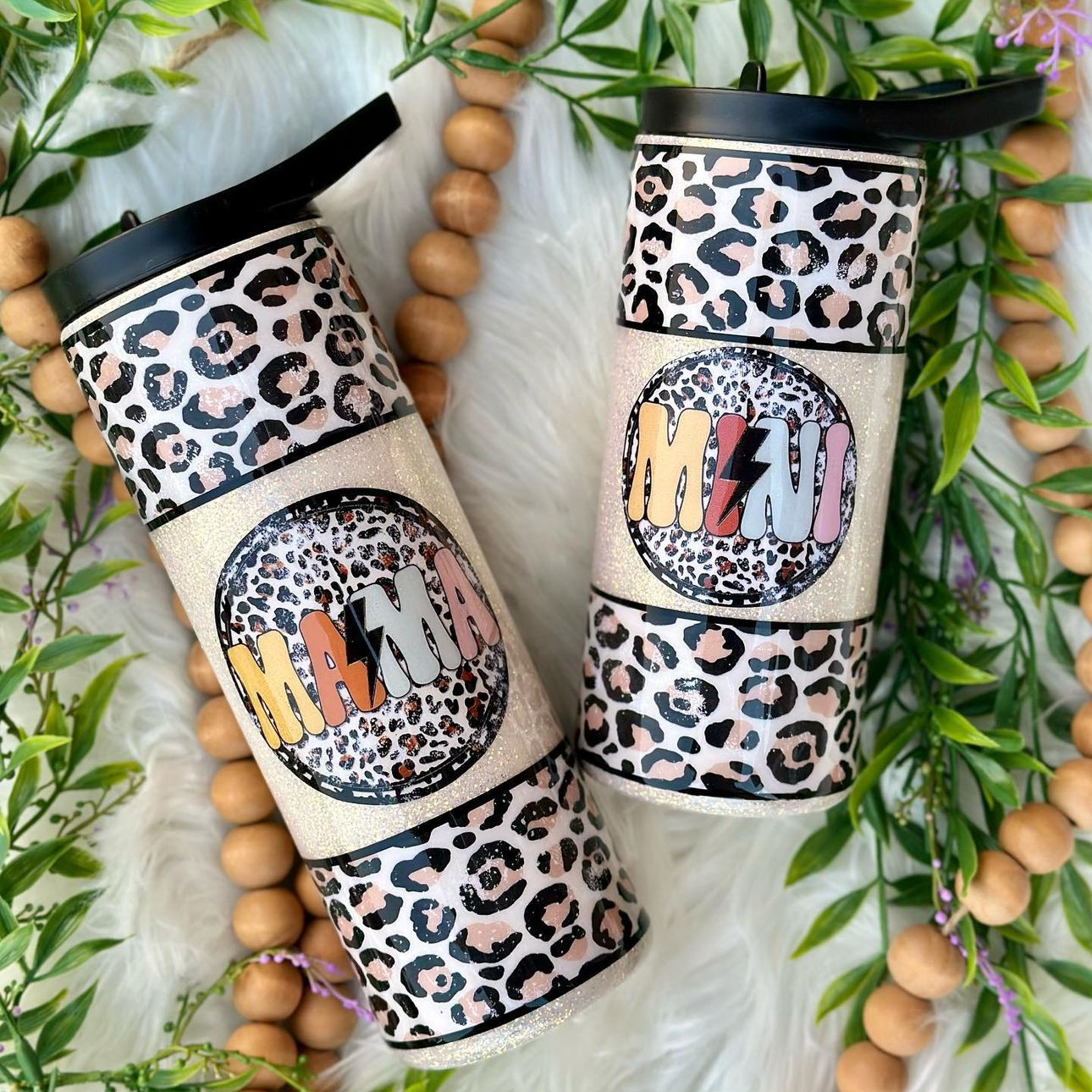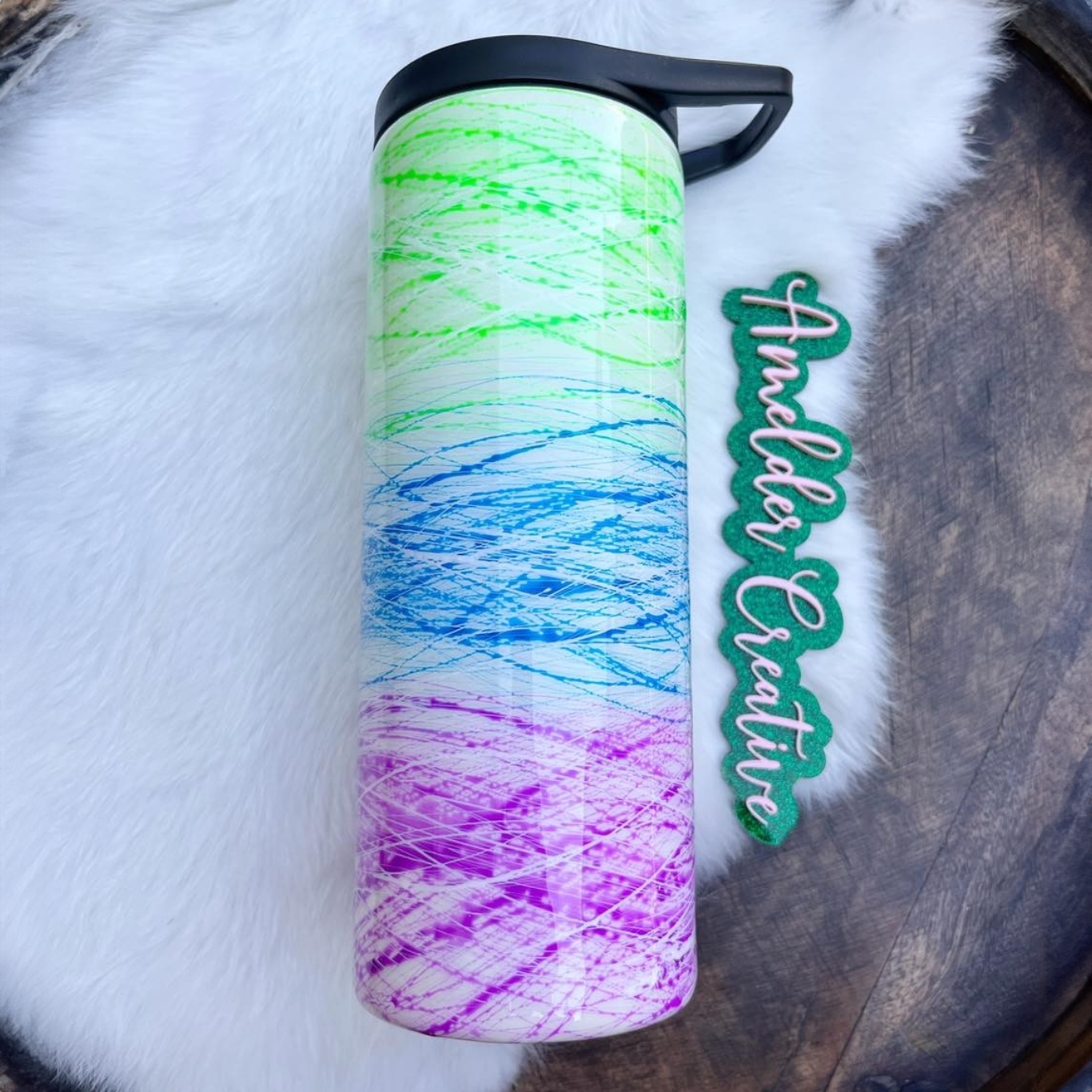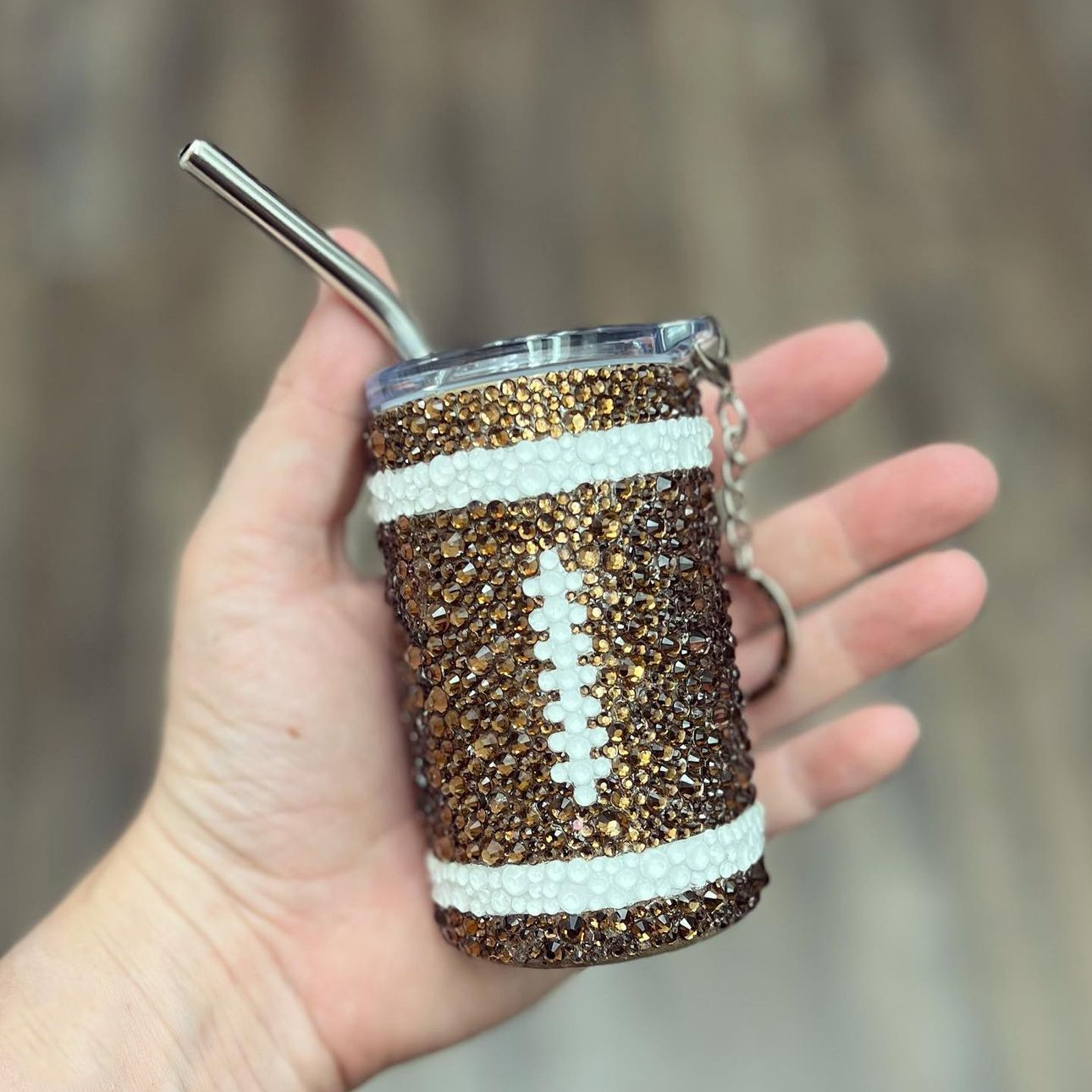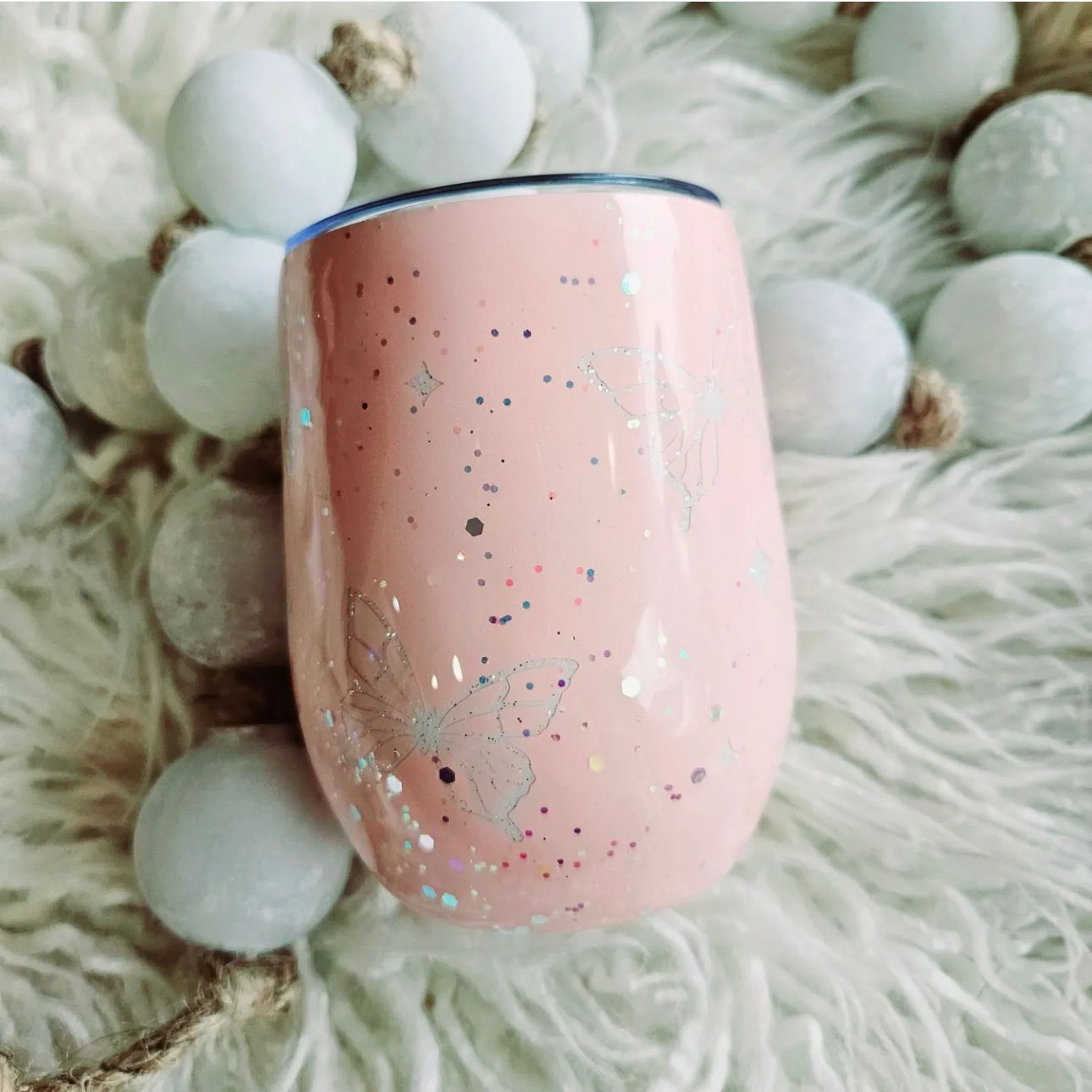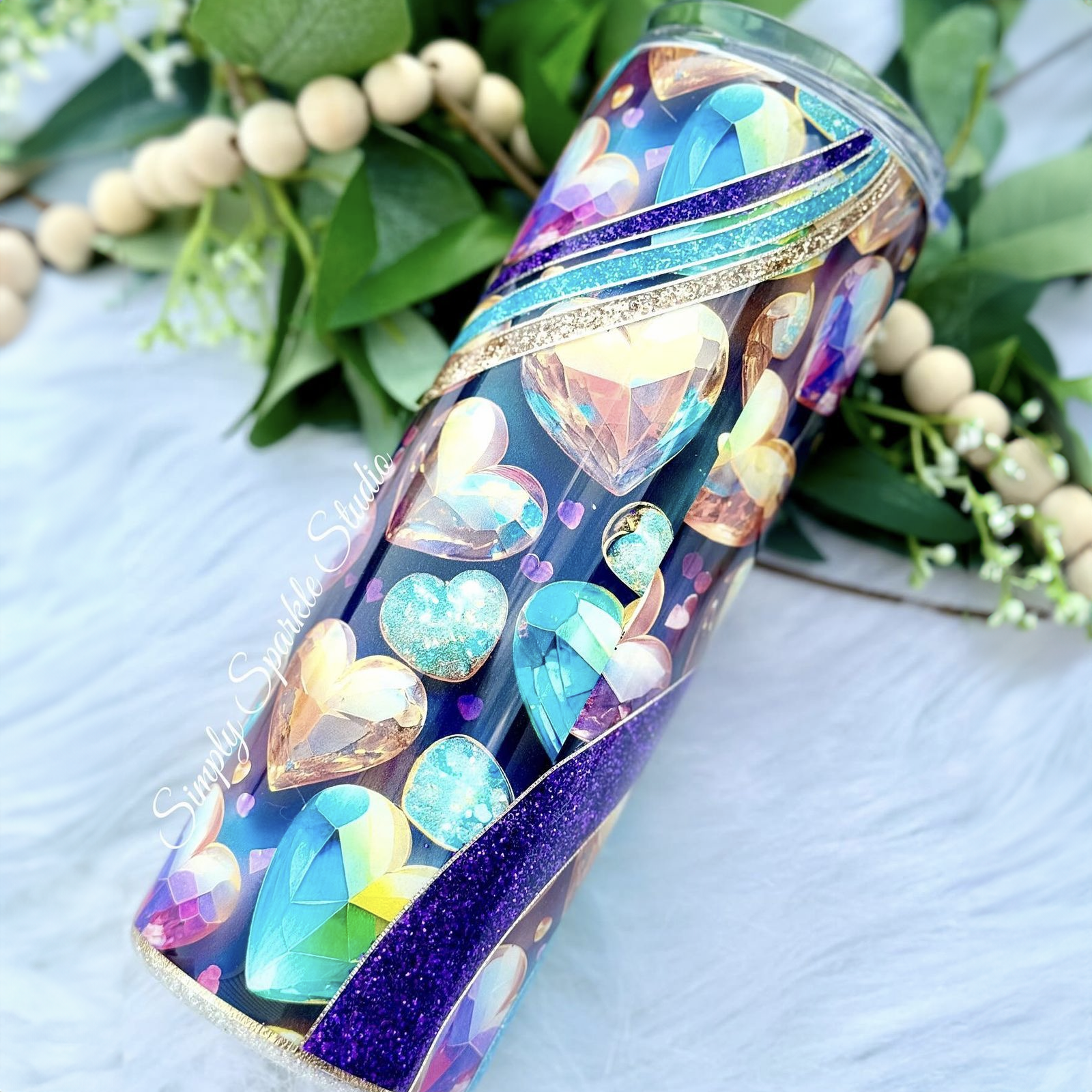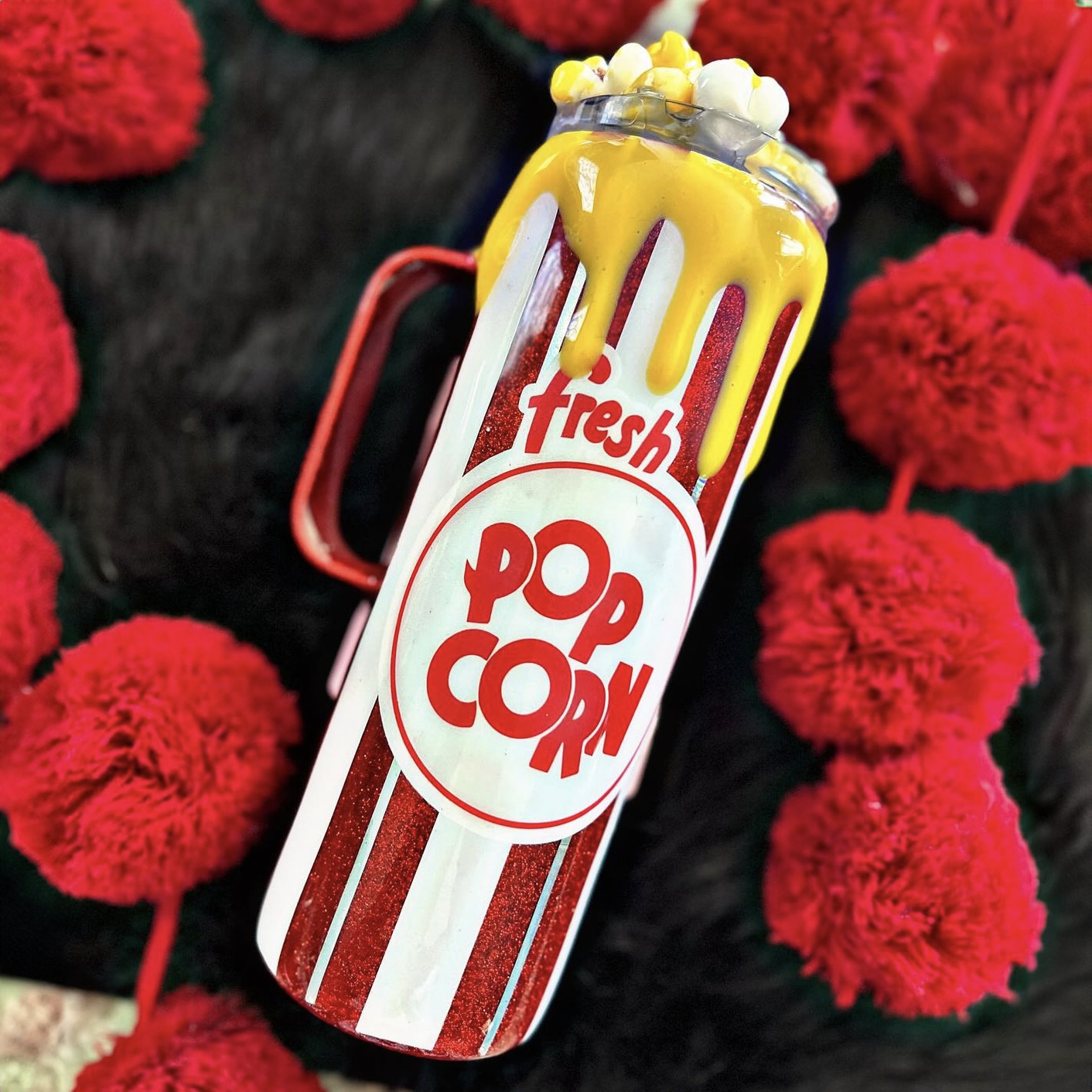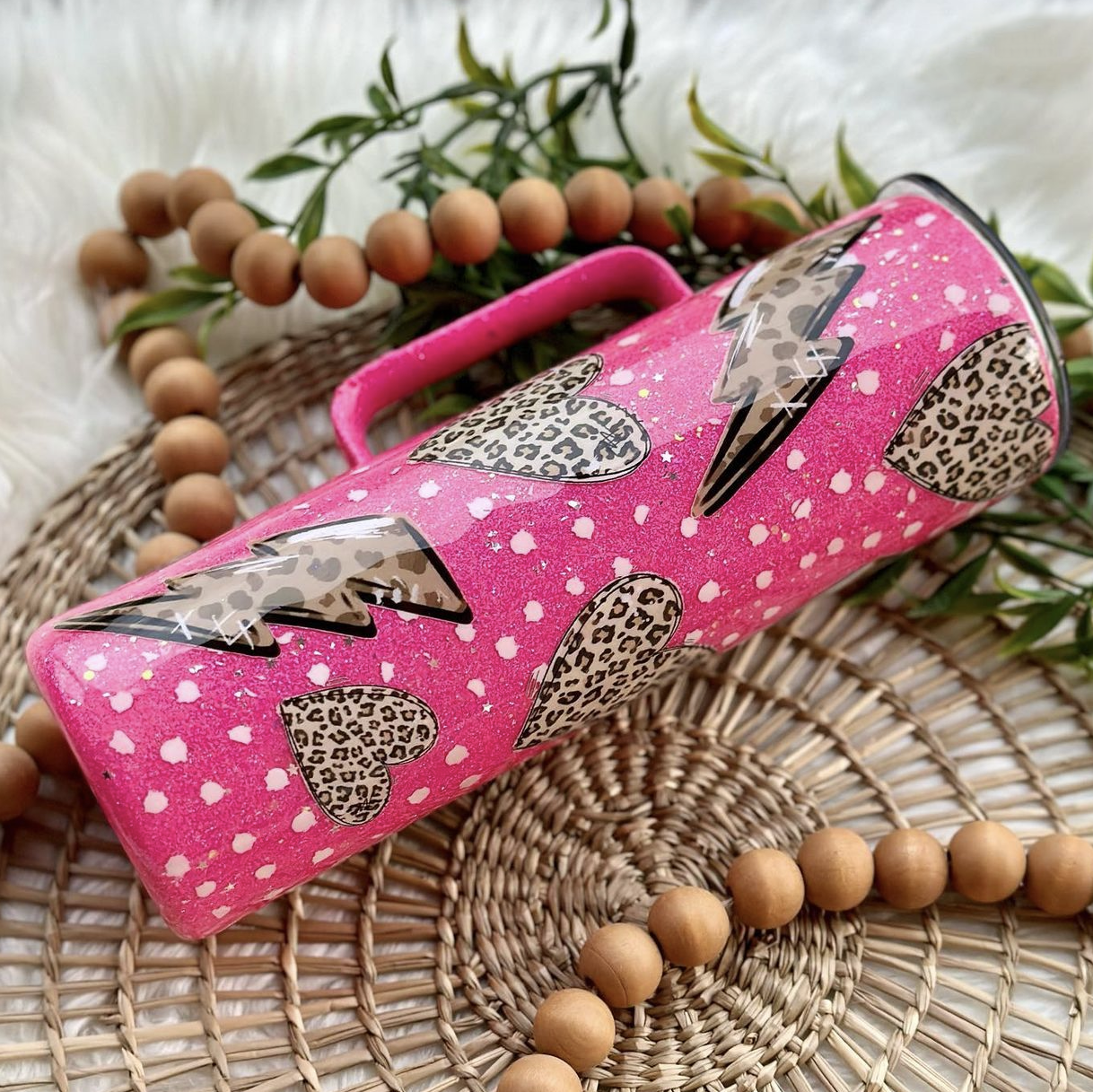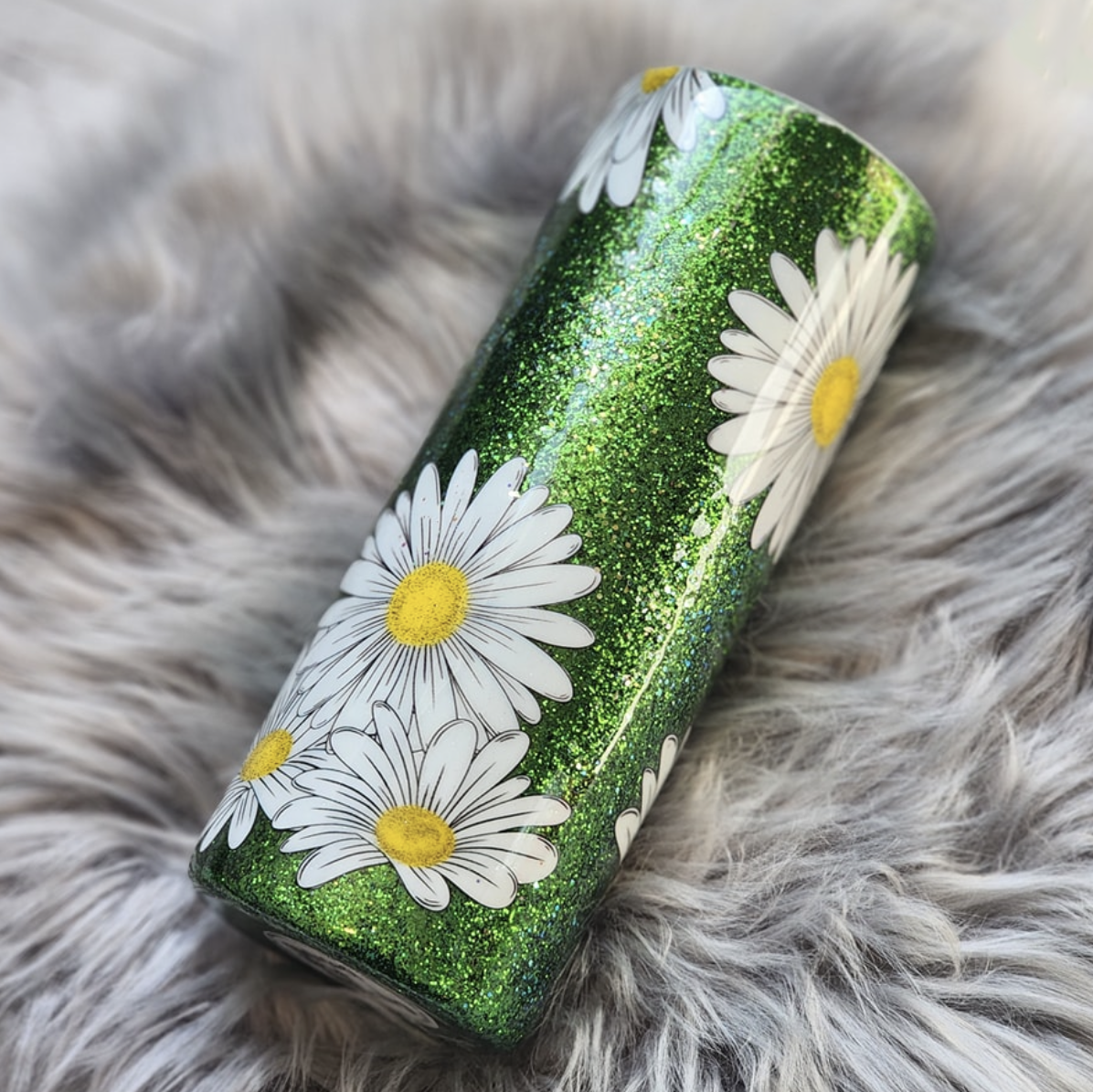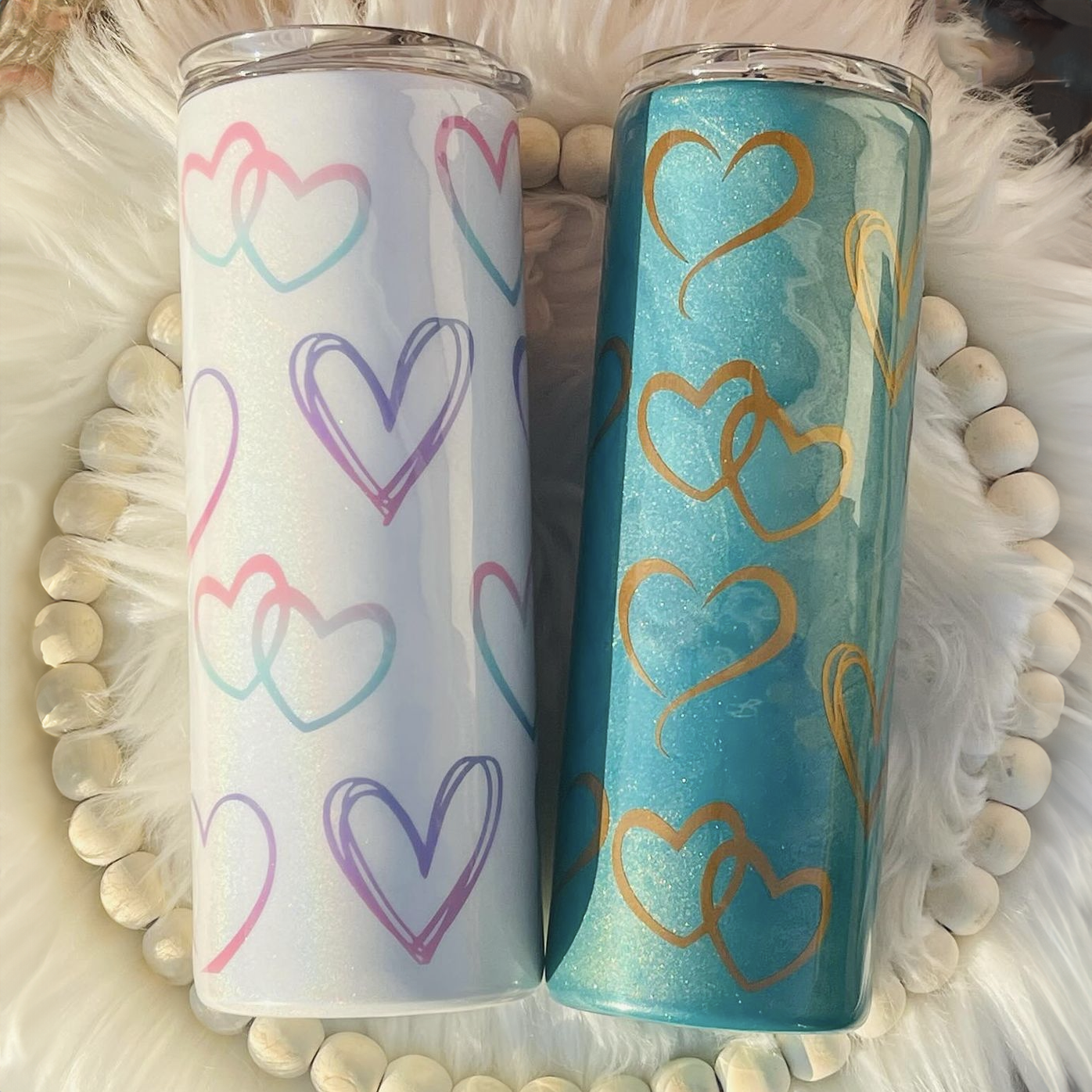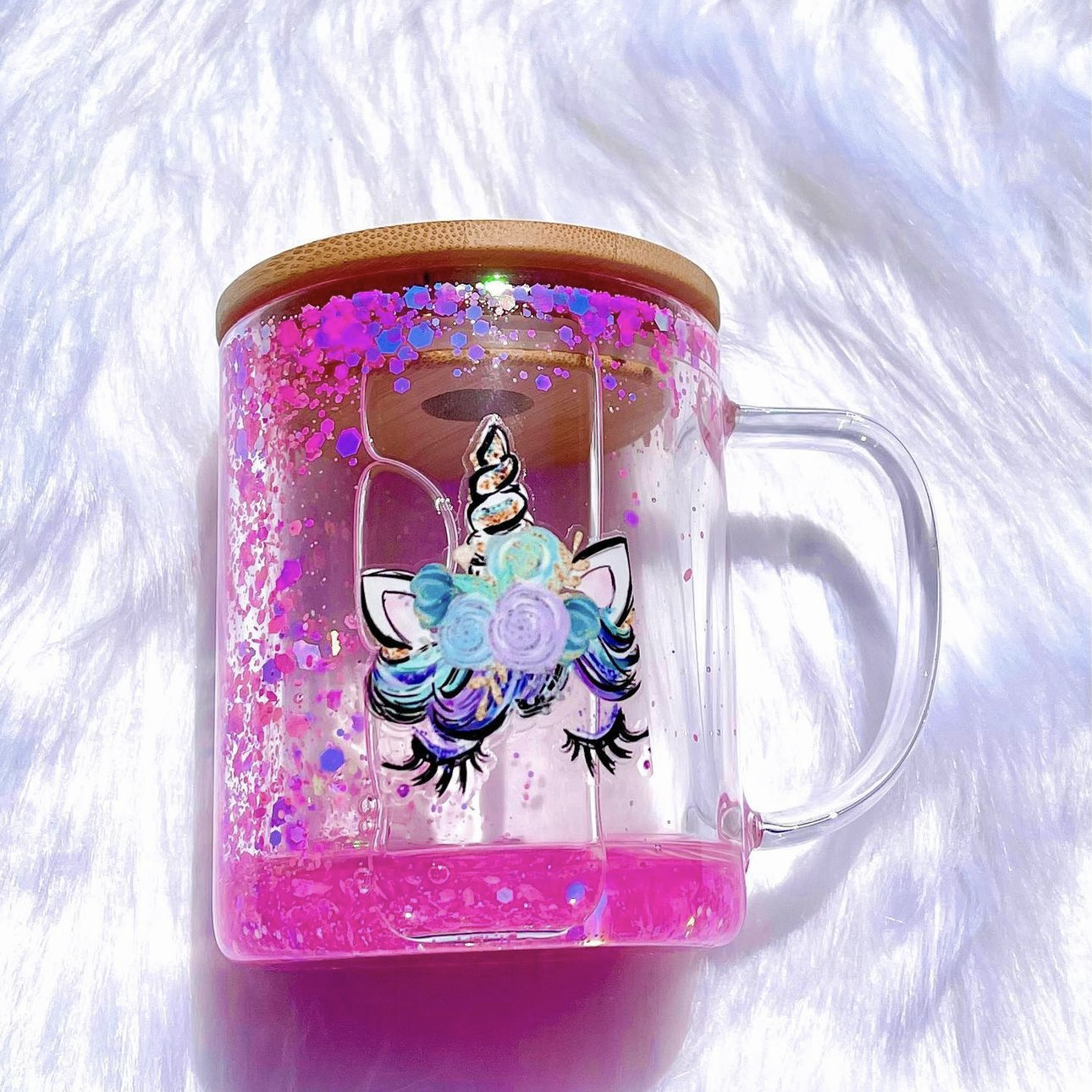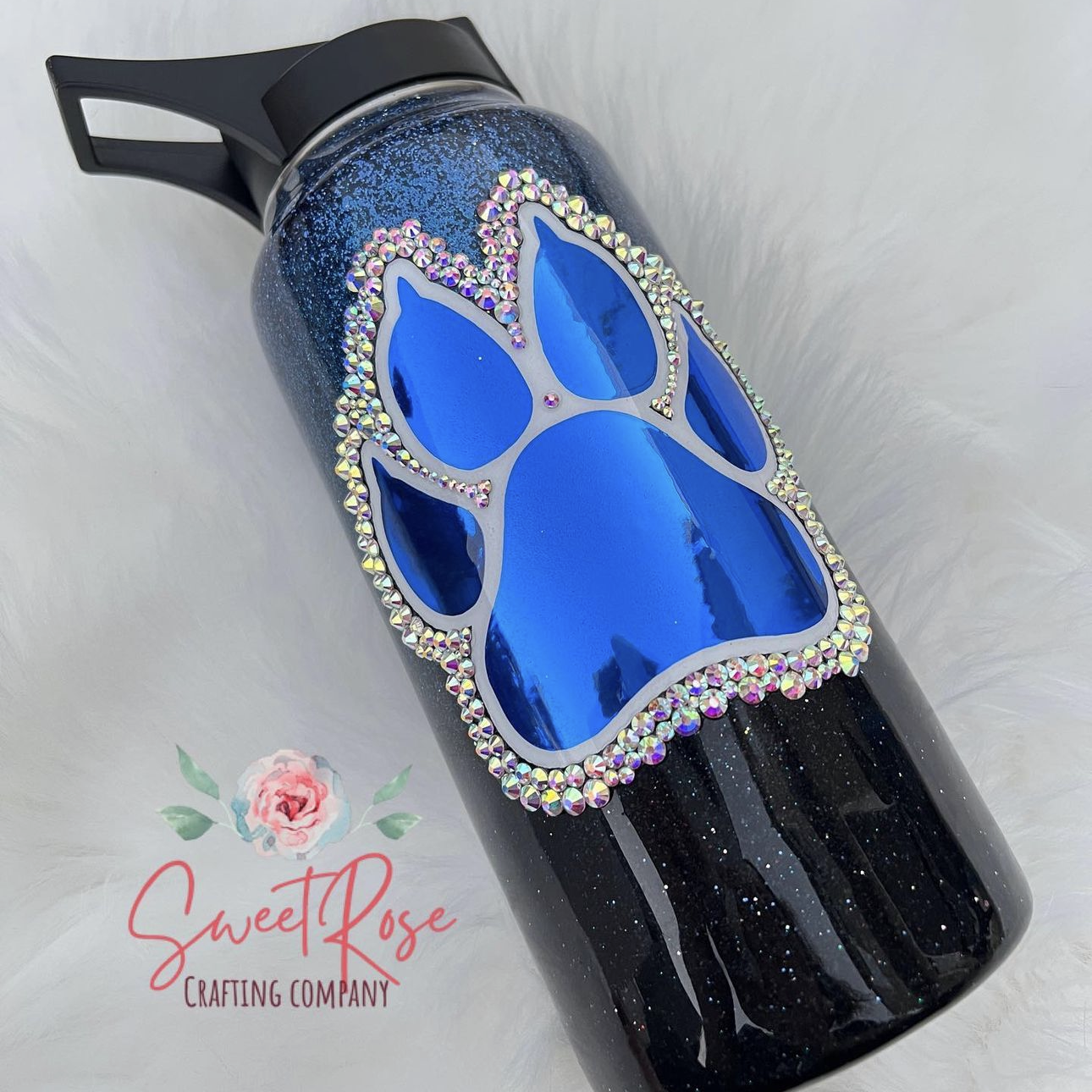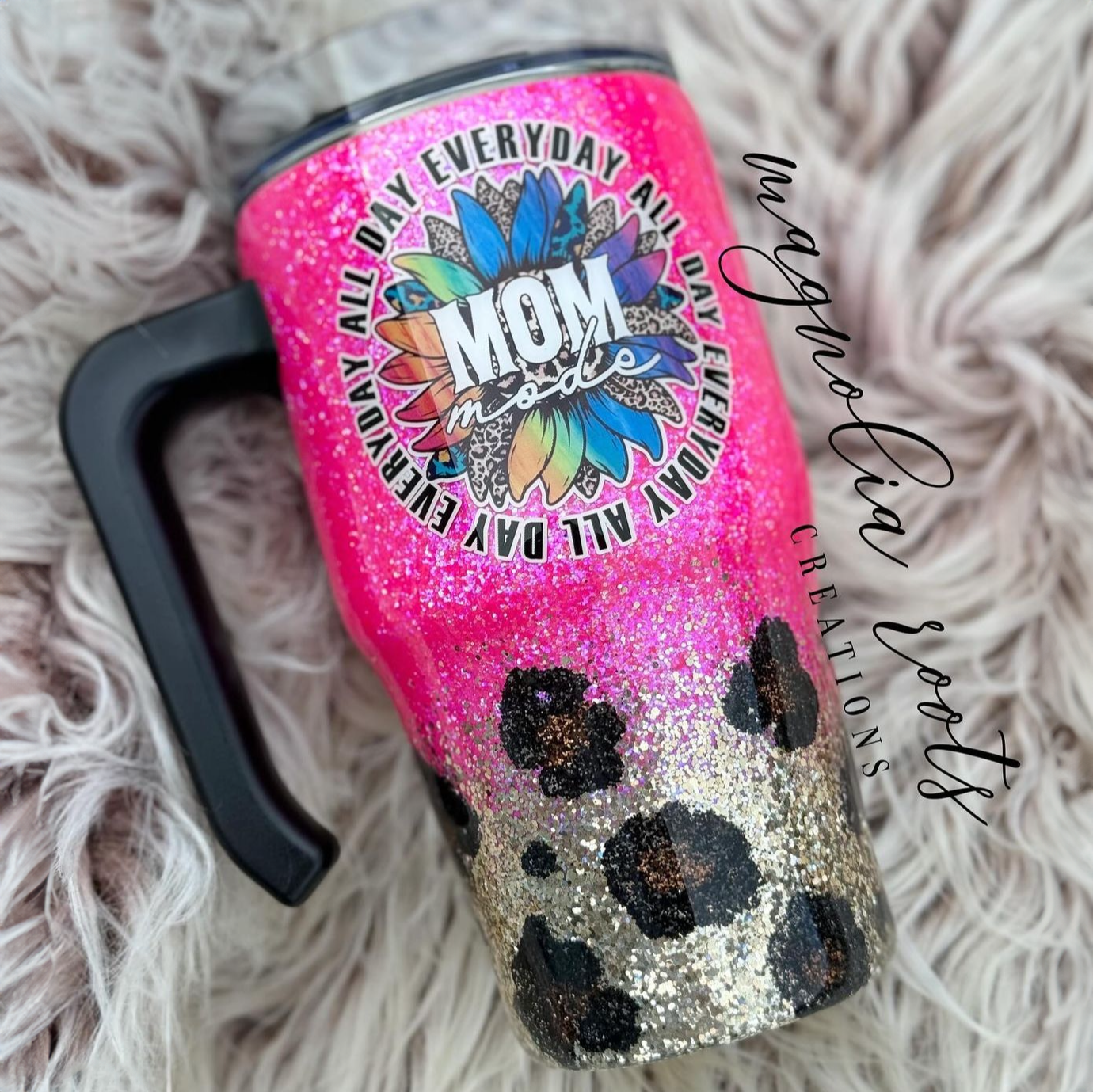
You can find tumblers in homes, offices, gyms, and endless other settings. While plenty of people are in the market for high-quality tumblers, consumers have numerous different options, so how can you distinguish your products from the competition? One critical component and often overlooked component is your tumbler’s product description.
How you present your product matters, and for tumblers, the difference lies in the details. Crafting a standout product description isn't just about listing features — it's about connecting with your audience, telling a compelling story, and ensuring your tumbler isn’t just seen but remembered.
Whether you're a seasoned tumbler business owner or just starting out, this guide will help you understand the intricacies of crafting an impactful tumbler product description. From understanding your target audience to weaving in storytelling, we've got you covered.
Understanding Your Buyers
In the expansive realm of e-commerce, it’s challenging to stand out. Fortunately, when you understand your target audience, you can craft effective product descriptions that are sure to catch their attention.
Think of your product description as a conversation. Just as you'd adjust your language, tone, and topics when talking to a friend versus a colleague, you should tailor your product descriptions to resonate with the particular group of consumers you aim to attract. Here’s how you can hone in on your core audience and customize your descriptions accordingly.
Identify Your Core Demographics
Knowing your audience is like having a compass for your product descriptions and marketing. It directs your efforts, ensuring that your product description targets the right demographics. Start by examining your current customer base. Who are the primary buyers of your tumblers? For example, are they office workers, parents, teachers, or nature enthusiasts?
Several tools can help you identify your core demographics. You can use customer surveys to see who’s buying your products. Additionally, if your tumbler business has a social media presence, you can take a close look at your followers and those who engage with your content. Once you have a clear picture of your primary demographic, you can tailor your product descriptions to echo their interests, needs, and lifestyles.
Tailor Your Language for Your Audience
Language is powerful. The words and tone play a pivotal role in connecting with your target audience. For instance, if your tumblers appeal mainly to outdoor adventurers, words like "durable," "travel-friendly," and "fall-proof" might strike a chord. On the flip side, if your customers are office workers and teachers, perhaps highlighting "sleek design" or "desk-friendly size" would be more appropriate.
This doesn’t mean you need to dive deep into industry jargon. It's all about striking the right balance. While being relatable is important, ensuring your description is clear and desirable is key. Remember, your goal is to create a description that feels custom-made for your target audience. Tailoring your description for your target demographic will make them think, "This is exactly what I've been looking for."
Tumbler Benefits vs. Features in Product Descriptions
When crafting a product description, it’s easy to list out all the features of your tumbler. After all, you’ve worked hard on those aspects. But here’s an important insight: Customers often care less about features and more about what those features do for them. In other words, they're looking for benefits. Let's dive into the distinction between features and benefits and learn how to strike the right balance in your tumbler descriptions.
The Importance of Displaying Features
Features are like factual statements about your product. They're the specifications, the measurable details, and the tangible aspects of your tumbler. Some examples of features may include:
- Made of stainless steel
- 16 oz. capacity
- Double-walled insulation
Features lay your product’s groundwork, giving your audience a clear picture of what to expect from the product.
Unpacking Benefits
While features are essential, your product description’s listed benefits answer the customer's primary question: "Why should I buy this?" A product description’s benefits turn your features into value propositions.
We can expand on the previously listed features to craft compelling copy that describes benefits:
- Enjoy hot coffee for hours thanks to our double-walled insulation.
- A 16 oz capacity ensures your beverage lasts throughout the morning.
- The stainless steel construction makes this durable tumbler rust and stain-proof.
Benefits are about the experience, the emotions, and the solutions your tumbler provides.
Merging Features and Benefits in Descriptions
The secret to an engaging tumbler description is seamlessly intertwining features with benefits. If your description leans too heavily on the product’s features, it might come across as dry and uncompelling. On the other hand, only describing benefits without the technical features might be too vague.
By merging both, you offer a complete picture: the practicality of the tumbler and the value it brings to a customer's life. This approach ensures your customer understands the technical side of your product while also envisioning how the tumbler can enhance their life.
If we use the previously listed features and benefits, we can create a compelling description:
"Crafted from rust-resistant stainless steel, our 16 oz tumbler not only looks sleek but ensures your morning coffee stays piping hot for hours, courtesy of its double-walled insulation."
Creating a Concise, Story-Driven Product Description
Every tumbler has a story. Sure, it's an object, but behind it is an idea, a spark of inspiration, and a vision brought to life. The challenge is telling that story within the brief confines of a product description. Such descriptions should weave the narrative succinctly while remaining direct and including key benefits and features. Let’s explore developing effective story-driven descriptions.
Why Story Matters in Brief Product Descriptions
Storytelling can elevate a product description from generic to compelling, even if the story-telling is incredibly short. Brief narratives can offer a glimpse into the heart of your brand, creating a more profound connection with customers. Think of it this way: A shopper isn’t just buying a tumbler — they're investing in the idea and ethos behind it.
Key Components of a Short, Story-Driven Description
To ensure that each word within your description holds significance, you can briefly touch on captivating, story-driven details. You can touch on the origin of your tumbler and its crafting process, assuming it's compelling. For example, you can describe how you sublimated the tumbler, guaranteeing the design won’t fade.
You can also briefly describe the inspiration behind the tumbler. Whether it stemmed from a moment of frustration with leaky lids or a commitment to eco-friendly solutions, encapsulate the spark that led to you creating the tumbler.
Finally, you can illustrate the various scenarios in which the tumbler shines. Phrases like "ideal for the busy commuter" or "your dependable companion on hiking adventures" can vividly establish context with minimal words and showcase the tumbler’s benefits using storytelling.
Merging Emotion with Features
While your story provides allure, don’t forget the tangible features. Your story might allude to a sustainable ethos, but you should still note that the tumbler is "Made of 100% recycled materials." While the narrative draws them in, the facts seal the deal.
So, what are some examples of concise, story-driven descriptions that discuss the product’s features and benefits? Here are some examples:
- “Crafted in the heart of Maine, our tumbler is inspired by the restless waves of the Atlantic. Made for the adventurer. Holds 16 oz. Leak-proof.”
- “We meticulously crafted this snow-peaks-inspired beauty through a delicate sublimation process. The design captures the majesty of the Swiss Alps. 20 oz. Frost-proof."
- “Born from countless morning commutes and the quest for the perfect sip. Urban design, stainless steel, fits all car cup holders.”
- “Echoing the hues of desert sunsets, this tumbler is a travel companion like no other. 20 oz. Double-walled. Your cold drinks stay chilly, and your hot drinks stay steamy.”
- "This tumbler is a canvas of color and chaos, inspired by the vibrant streets of Mumbai. We used advanced sublimation techniques to transfer the city's heartbeat onto each 18 oz. vessel, complete with a spill-resistant lid for those bustling rides."
Implementing SEO Best Practices in Your Product Descriptions
Creating a captivating tumbler description is only half the battle. You can ensure your products reach more potential customers by using search engine optimization (SEO). SEO acts as your beacon, guiding shoppers straight to your products. But what is SEO, and how can you use it to attract customers?
Deciphering Keywords and SEO
At its core, SEO is the art of optimizing your content so it ranks higher on Google, leading to increased visibility. Keywords play an instrumental role in securing an ideal spot on Google. They are specific words or phrases that shoppers type into search engines when looking for a product.
For instance, someone searching for a new drink container might search "insulated stainless steel tumbler" or "leak-proof travel mug." In this scenario, using these phrases in your product descriptions increases the likelihood of potential customers discovering your online store.
What Keywords Should I Use?
Keywords are an integral part of search engine optimization, but how do you know which keywords to include in your product descriptions? There are an array of tools you can use to identify what keywords tumbler shoppers are searching for:
- Semrush: Semrush provides keyword analytics as well as great insights and strategies on their blog.
- Keywords Everywhere: Keywords Everywhere gives instant keyword data as you navigate the web, making it a convenient tool for on-the-go research.
- Google Trends: By showcasing the popularity of search queries over time, this free tool helps you discover trending keywords.
When using keyword research, there are two primary components that you need to take into consideration: volume and difficulty. Keyword volume refers to how many users search for a particular keyword in Google. For example, 500 users may use the keywords “insulated stainless steel tumbler” in a given month.
While it may be tempting to only use keywords with high volume, you need to also consider the keyword difficulty. Other tumbler businesses are conducting keyword research, and they'll also use high-volume keywords to attract customers. The more websites or online stores using a set of keywords, the harder it will be for you to secure a desirable spot on Google. For that reason, you need to balance both volume and difficulty.
Integrating Keywords Naturally in Your Product Descriptions
Once you’ve identified potential keywords for your tumblers, it's time to incorporate them into your descriptions. Here's the catch: You need to include these keywords naturally. Google may penalize your page if you use too many keywords without a clear context.
Here are some key tips for incorporating keywords into your product descriptions naturally:
- Use keywords that fit the context of your product. For instance, you can title your product “16 oz insulated tumbler.” Potential customers will likely search Google with the words “insulated tumbler” and perhaps even “16 oz insulated tumbler.”
- Abstain from using keywords that don’t fit your product. For example, if you sublimate your tumbler designs, don’t use the keywords “hand-painted tumblers.”
- Avoid repeating keywords too frequently. Mentioning the keyword once or twice is sufficient.
- Ensure your sentences are still smooth and readable while using keywords.
Stay Updated with SEO Trends
SEO is never static. Algorithms change, and you need to update your strategies regularly. That way, you can enhance the likelihood that your online store secures a desirable spot on Google. Here are some strategies to stay updated and adjust your SEO strategy accordingly:
- Regularly review SEO news and updates from trusted sources.
- Monitor the performance of your product descriptions.
- Adjust and refine keywords as search trends evolve.
Optimizing Product Descriptions with High-Quality Images and Reviews
If you’re running an online tumbler store, consumers can't physically touch or inspect products before purchasing. While words are powerful, a comprehensive shopping experience combines high-quality descriptions with great images and genuine reviews. Let’s explore how these elements can amplify your tumbler descriptions and give consumers the confidence to click "buy.”
The Impact of High-Quality Images
You've likely heard the saying, "A picture is worth a thousand words." In e-commerce, this couldn't be truer. While a product description outlines the features and benefits of your tumbler, an image solidifies those claims. Here are some tips for enhancing your product images:
- Diverse Angles: Showcase your tumbler from various angles, capturing all its unique features. This gives potential buyers a rounded view of what they're purchasing.
- Zoom-In Capability: Details matter. Offering customers the ability to zoom in and view the intricate aspects of your tumbler can enhance their trust in the product's quality.
- Lifestyle Shots: These images show the tumbler in use. Perhaps the picture showcases someone sipping from it during a morning routine or at a picnic. It offers a real-world perspective and makes the product more relatable.
The Power of Reviews
Reviews act as a modern word-of-mouth. They offer unbiased insights from people who've purchased and used your tumblers. When potential buyers see positive feedback, it reinforces their decision, adding a layer of trust. Here are some ways to receive customer reviews and use them to grow your brand:
- Encourage Feedback: Post-purchase, encourage your customers to leave reviews. This not only helps future buyers but also provides valuable feedback for you.
- Display Reviews Prominently: Make sure reviews are easy to find, not hidden away. Displaying star ratings next to the product title can quickly convey overall satisfaction.
- Respond to Reviews: Both positive and negative feedback deserve attention. Responding shows that you value customer input and are dedicated to improving the shopping experience.
Incorporating striking images and showcasing reviews can make your detailed product descriptions all the more effective. These elements create a holistic view of the product, instilling confidence in the buyer and paving the way for a seamless purchase journey.
Learn More Ways to Optimize Your Online Tumbler Store!
Crafting the perfect product description might seem challenging at first, but with the right guidance and tools, you can master the art form and sell more products. You can use your product description to weave together compelling narratives, clear benefits, SEO optimization, stunning visuals, and authentic reviews to craft a holistic picture of your product.
If you’re keen on continuing your learning journey and staying up to date with industry news, join HOGG Outfitter’s Facebook Group! There, you can engage with a community of enthusiasts just like you and learn even more about optimizing your product descriptions. Additionally, don’t forget to follow us on Instagram, where we share tumbler deals and inspiration!


